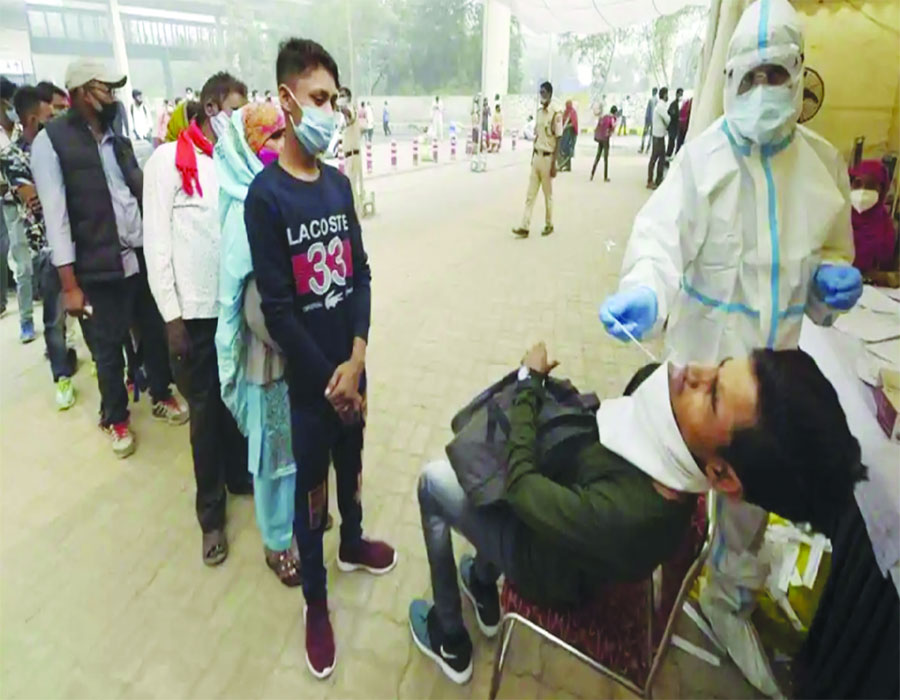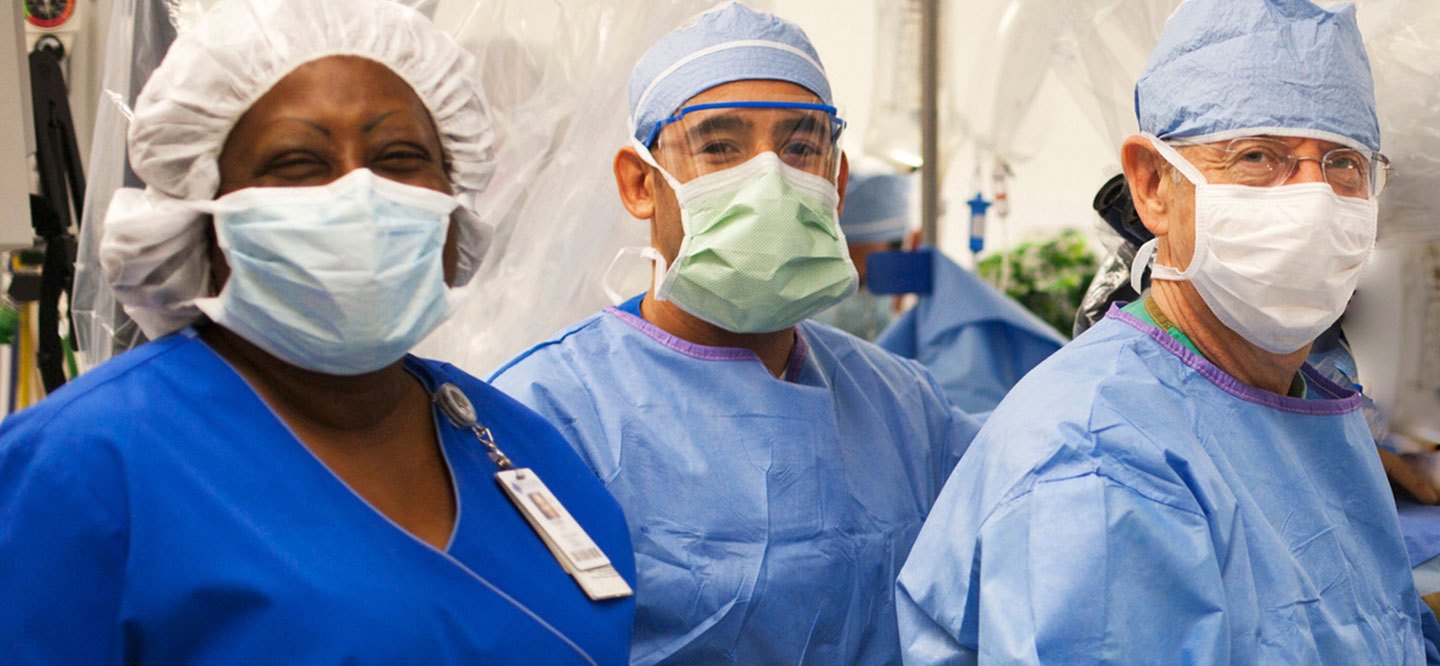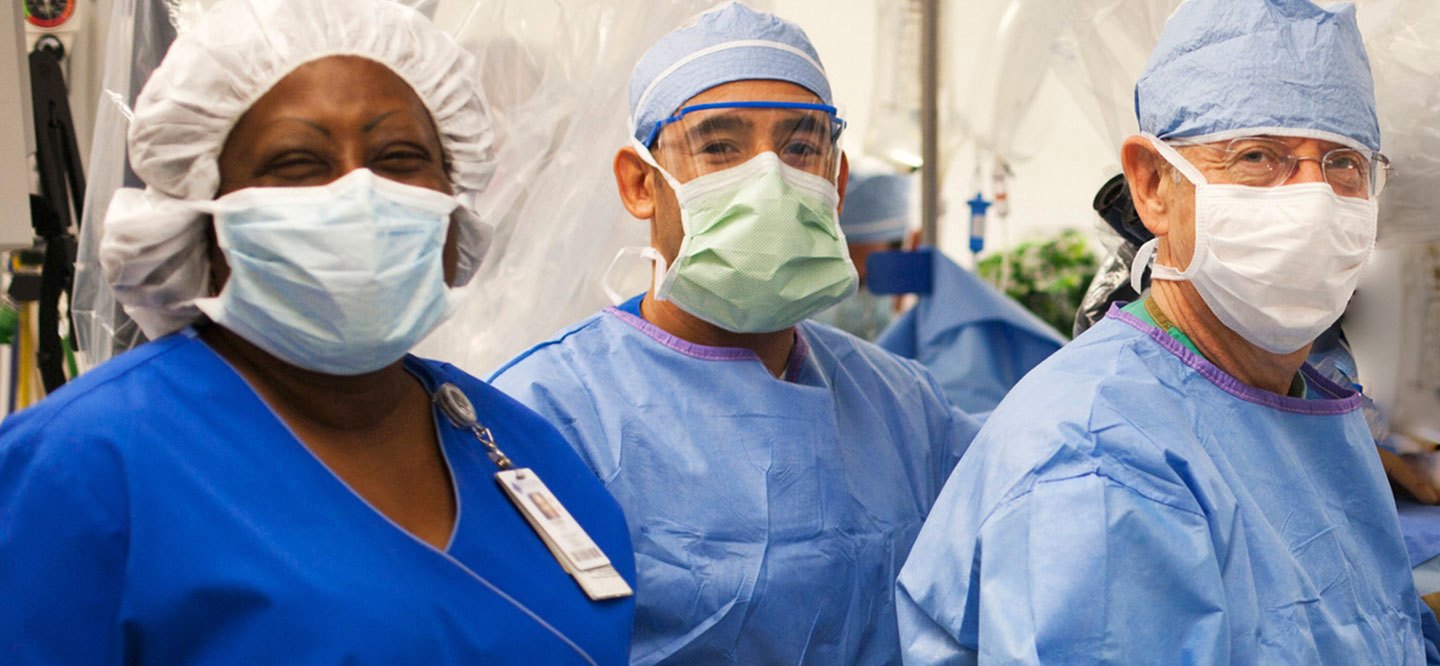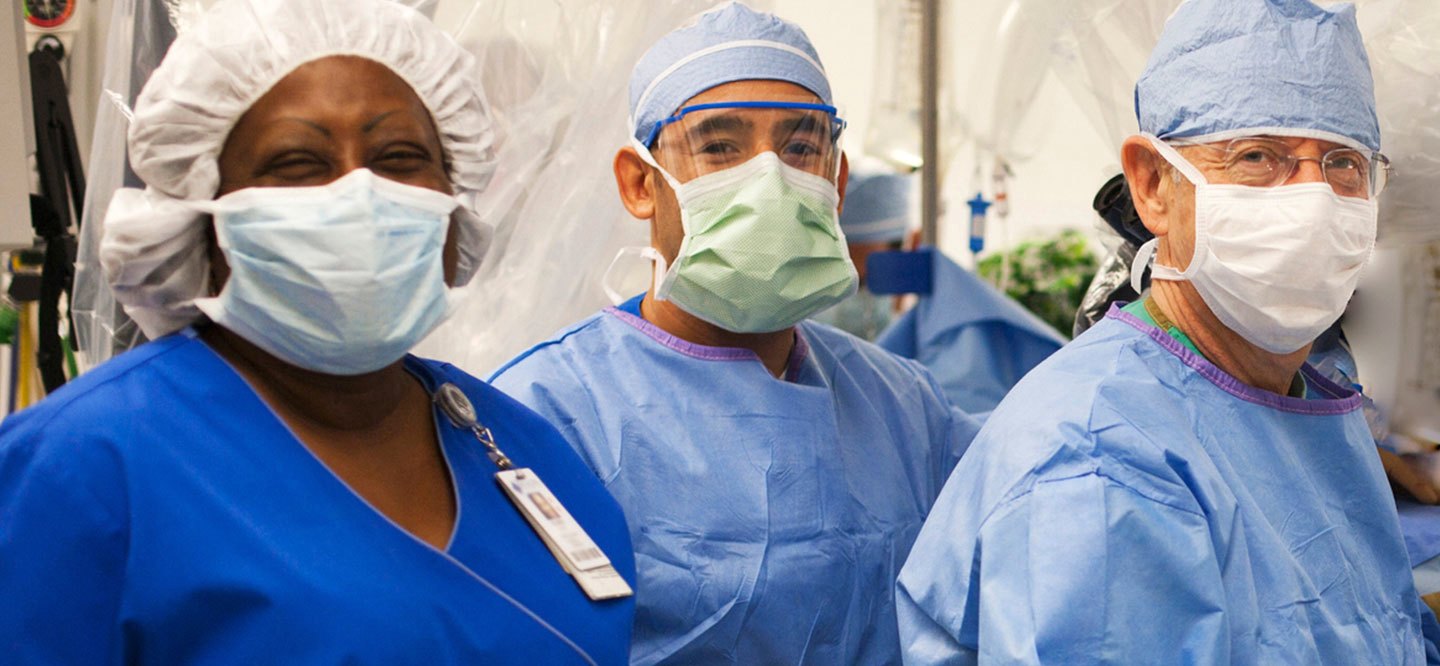Till we increase the share of swab testing in mapping the pandemic, we won’t get a grip on the city’s caseload or address it
Just as was being feared by healthcare experts and those who have been following the trajectory of the pandemic globally, Delhi is seeing a massive surge in Coronavirus infection after a brief lull. Worryingly, Delhi recorded over 7,000 COVID-19 cases for the first time with a 12 per cent positivity. The only silver lining is that the recovery rate was over 89 per cent and that 57 per cent of the 15,789 dedicated COVID beds are vacant in the city, making it easier for people with severe symptoms to get admitted. But not for long. Of course, the triggers are many, namely the festive rush, the pandemic fatigue that has made people drop guard and the early onset of winter and pollution that anyway aggravate lung diseases.
In part, the recent spike in infections can also be attributed to the fact that the Delhi Government in coordination with the Centre had opted for aggressive contact tracing and monitoring of quarantined patients to suppress and break the chain of transmission. The focus is on critical zones, restaurants, marketplaces, barber shops and salons because random testing hadn’t recorded as many cases. This is part of a strategy to contain the spread of COVID-19 in Delhi with the Health Ministry and experts recommending targetted RT-PCR testing in sensitive and critical zones. Hence, with more testing and contact tracing, the numbers were bound to go up. But it seems that the trusted RT-PCR or swab testing, which is currently around 23 per cent, needs to be extended as much as possible because over-reliance on antigen tests is blocking disease-mapping. A large number of positive cases would have slipped through the cracks because about half of the antigen tests register false negatives, which means that the current figures could double if all those tested by the antigen method were subjected to RT-PCR reviews. Perhaps that’s the reason why the authorities are now recommending that a suspect with persistent symptoms take the golden test even if s/he has cleared the antigen one. The danger of antigen tests is that an asymptomatic carrier of the infection, if found negative, will get a false sense of security and can turn super-spreader. Besides, somewhere the operational preparedness of the summer peak has led to a sense of complacency. Back then, the tiered approach of ramping up infrastructure, testing and operationalising a home care system with oximeters to COVID-affected families was synchronised to contain the spiral. The fall in figures in between has clearly led to laxity in maintaining a coordinated response system. The Delhi Government is probably considering moving the Supreme Court to vacate the High Court’s stay on reserving 80 per cent COVID ICU beds for people of Delhi. But would that stem the tide as families are split across NCR and not seem exclusivist? Testing the right way is the only way out. At the same time, Delhiites need to ride out the winter indoors if they don’t want another insurmountable crisis on their hands.








 OpinionExpress.In
OpinionExpress.In















Comments (0)